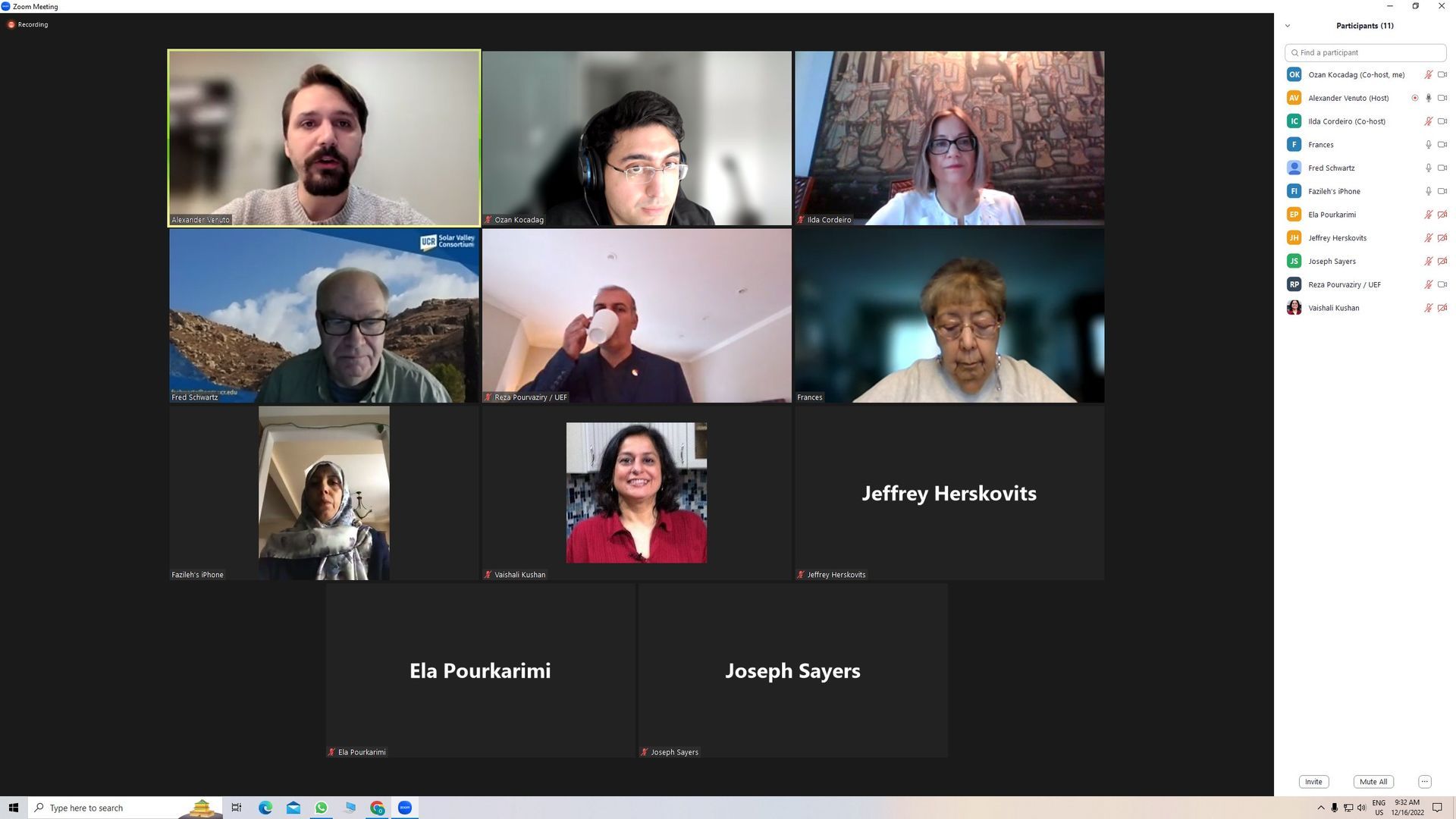Global Hall for Indigenous Habitat Brainstorming Session

The Pavilion is a global knowledge exchange hub for sustainable urban development and best practices. Our aim is to support the sustainable growth of cities and related issues through data, research, and science, while also taking a practical approach through applied solutions. We are working with cities and communities across Canada and the globe to establish pilot projects. To support these efforts, we established the Canada Frontrunner of SDGs, one of the Pavilion's flagship programs. It aims to Partner with cities, organizations, and communities to develop Global Pilot Projects and create a shared National Sustainability Agenda & Cross-Sectorial Collaboration for Global Impact.
The First Nations and Indigenous Peoples are crucial to the advancement of the Pavilion’s program. There are many lessons that Canada and the World can learn as we collectively work towards more sustainable urban practices and build a more inclusive society.
The Pavilion organized a brainstorming roundtable to further expand its collaboration with indigenous communities across Canada, to further explore these topics under the title “Indigenous Hall “which we introduce through the Pavilion in 2023.
Through this program, we aim to identify, collect, assess, and share these practices with the globe. Ultimately, we hope to expand this program across the globe starting here in Canada.
“The key to a sustainable community is super-efficient buildings, designed with and built by community members. First Nations communities that are capable of designing and constructing their own communities. Most of the buildings that have been built in Northern Canada were constructed by outsiders not community members themselves, and it turns that paradigm in their head, giving the responsibility to the local community to involve themselves in the design and construction of the building. First Nation's best practice is to have their own community responsible and trained to build their own community.” - Fred Schwartz, Senior Executive, California
“The indigenous housing past experience in the North is not sustainable, having a sense of ownership is very important, it means the people who develop the housing project in all stages are able to take the ownership. Economic feasibility for the future, Energy efficiency, and use of available natural resources connect with the indigenous way of thinking to use just what is needed not more than that. One of the construction problems In the North is the cost of the materials, there we have the land, but we don’t have the material and in cities, we have the material, but we don’t have enough land, so if we can utilize what are in the neighborhoods, we win the game.” - Frances Sanderson, Executive Director at Nishnawbe Homes Inc., Toronto (Canada)
“Using the same typology for all regions is a big mistake in the architectural experience. One of the best lessons that we can use is that Modern architecture with a sense of the past, needs to add them sense of identity based on different communities, various topics such as empowerment, and gender equality also are critical subjects and should be considered in housing development, we need to bridge the gap with the history.” - Reza Pourvaziry, Chair of Urban Economy Forum, Toronto (Canada)
“When it comes to housing it is not a typical definition specifically when we speak about indigenous habitat, particularly in Canada, a lot of Indigenous people across the country view an apartment as a habitat, but they still feel connected to the land wherever they live.”- Joseph (Joe) Tom Sayers, Missanabie Cree Business Corporation, Ontario (Canada)
“The process of housing is about understanding the community's perspective on what the future looks like for them, and what it looks like for different people, so there isn’t a single solution for housing in a very diverse territory. Since the house is more than just walls and a roof, in the North the challenges that are available for housing are that there is no infrastructure such as water and wastewater systems, not enough investment in services, that should support housing. We are working with the communities to find what the changes look like in their eyes, what the feeling attached to it, and what is that change means for the well-being, family, and for community.” - Jeffery Herskovits, Together Design Lab, Toronto (Canada)
